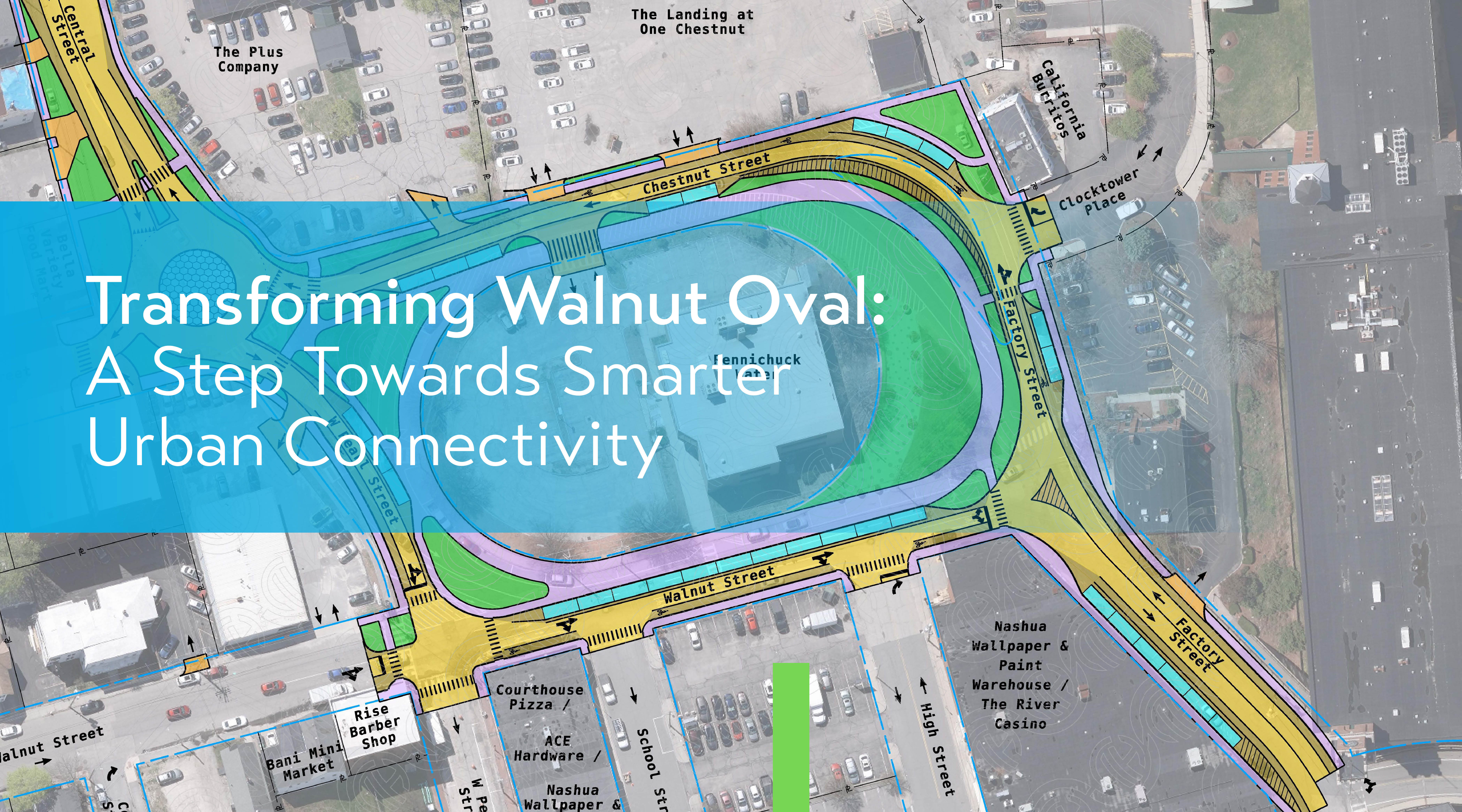Clean water is essential to our environment and quality of life. The National Pollutant Discharge Elimination System (NPDES) includes National Pretreatment Program elements developed by USEPA to control pollutant discharges from Publicly Owned Treatment Works (POTWs) into the nation’s waterways. In other words, the National Pretreatment Program is an important program which includes specific regulatory tools to keep our water clean – all over the country.

POTWs must ensure compliance with federal pretreatment standards by regulating non-domestic (industrial and commercial) users, such as pharmaceutical manufacturers, metal finishers and breweries, to name a few. Local limits are intended to keep POTWs in compliance with NPDES permits as well as to prevent operational issues at wastewater treatment facilities and within the wastewater collection system. Pollutants incompatible with treatment works can cause major disruptions to the collection system and treatment works as well as contribute to permit violations.
Essentially, local limits regulate the type and quantity of pollutants discharged to the POTW by non-domestic users, which could cause pass-through, interference or sludge contamination. Local limits are part of an Industrial Pretreatment Program’s (IPP) regulatory framework and are generally published in a local Sewer Use Ordinance. There are many USEPA-approved IPPs throughout Region 1 with varying numbers and types of industrial users and site-specific local limits.
POTWS should Develop Technically Based Local Limits
POTWs should develop technically based local limits to protect operations, ensure compliance with state and federal environmental requirements and protect the health and safety of workers, using site-specific conditions including the following factors:
- The POTW’s history of compliance with its NPDES permit
- The POTW’s efficiency in treating the wastewater
- The water quality of the waterbody receiving the treated effluent
- Sewage sludge disposal regulations
- Worker health and safety concerns
When Local Limits Should be Developed
Local limits should be developed for approved IPPs and nonapproved programs if pollutants from non-domestic sources result in interference, pass-through or sludge contamination at the POTW. It is increasingly important to protect the sludge disposal options available to POTWs considering applicable federal and state PFAS (per- and poly-fluoroalkyl substances) sludge disposal standards. Having technically based local limits in place to protect the POTW will assist with the process of assessing the need for potential PFAS local limits sometime in the future as well.
When Local Limits Should be Updated
A requirement of the NPDES permit is to conduct a reassessment of technically based local limits, typically every five years at the time of an NPDES permit renewal. Local limits should also be updated when there is an NPDES permit revision, there is an increase or decrease in the number or type of Significant Industrial Users (SIUs), the POTW is upgraded or there is a change in the NPDES permitted flow, or the POTW’s pollutant removal efficiencies.
In Relation to PFAS
Local limits are critically important in view of the emergence of new contaminants and increasingly lower detection levels for contaminants. Many New England POTWs have recently received new NPDES permits that include influent, treated effluent and dewatered sludge monitoring for PFAS compounds. Most other POTWs will soon notice requirements for PFAS monitoring in their newly issued NDPES permits. In addition, monitoring for PFAS at expected known PFAS source facilities are now included in recently issued NPDES permits. Source facilities may include the following:
- Commercial car washes
- Platers/metal finishers
- Paper & packaging manufacturers
- Tanneries & leather/fabric/carpet treaters
- Manufacturers of parts with polytetrafluoroethylene (PFTE) or Teflon type coatings (i.e., bearings)
- Landfill leachate
- Centralized waste treaters
- Contaminated sites
The final USEPA requirements for wastewater and sludge monitoring using multi-laboratory validation and reporting is still in process, but the data that is continued to be gathered across New England, and nationally, will be used to further define the requirements for controlling the disposal of PFAS into the environment.
Hoyle Tanner’s Experts are Ready to Help
Hoyle Tanner continues to meet the needs of the industry with engineering professionals whose experience includes understanding NPDES permit requirements, developing and reassessing local limits, including public outreach sessions, to provide information to industrial users to understand the impact local limits may have on their businesses and to give wastewater treatment plant operators the tools necessary to understand and control their wastewater treatment and sludge disposal processes. Want to learn more? Contact me!









